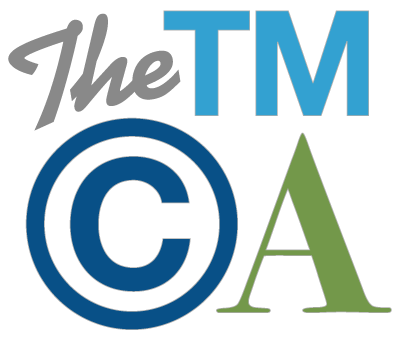IP of Pot Part I: Introduction
 A fog of uncertainty surrounds regulations in the marijuana industry. At the federal level, the plant is still a Schedule 1 substance under the Controlled Substances Act and, therefore, federally illegal to possess, sell, and distribute. However, this has not stopped states from implementing their own laws allowing their citizens to take advantage of the plant’s (and associated products’) potential benefits. With these changes, a new industry has developed providing many opportunities.
A fog of uncertainty surrounds regulations in the marijuana industry. At the federal level, the plant is still a Schedule 1 substance under the Controlled Substances Act and, therefore, federally illegal to possess, sell, and distribute. However, this has not stopped states from implementing their own laws allowing their citizens to take advantage of the plant’s (and associated products’) potential benefits. With these changes, a new industry has developed providing many opportunities.
Savvy business owners understand that patents, trademarks, and copyrights provide protection for their business. Protecting intellectual property can be crucial to a company’s success, especially emerging companies, but doing so is never an easy task. For the marijuana industry, with its explosive growth and unsettling legal landscape, it is even trickier given the federal laws in place. That said, there are still many opportunities for intellectual property protection in the marijuana industry.
To help navigate the treacherous landscape, we will be publishing a series of posts directed to intellectual property protection for marijuana related businesses. This first post will introduce the intellectual property issues currently facing marijuana businesses and set the stage for later posts on more specific topics, such as Plant Patents, Marijuana-Related Trademarks, Patenting Paraphernalia, and more.
To get us started, here are a few common perceptions we would like to smoke out:
Misconception #1 – Cannabis and cannabis-related products can’t be patented or trademarked because they are federally illegal.
While it is true that marijuana’s possession, use, and sale is federally regulated, the United States Patent and Trademark Office (“USPTO”) has issued and continues to issue patents directed to the plants and their extracts, as well as related devices and methods, including grow techniques, manufacturing methods, extraction techniques, and consumption devices.
Like patents, copyrights in the visual artwork of a logo design can be protected by federal registration (provided the design features sufficient creative authorship). This also applies to books, pamphlets, fliers, videos, and websites.
Trademark protection can be trickier. Federal trademark applications require submission of specimens of the mark to be registered, and evidence that it has been “lawfully” used in commerce. In some cases, depending upon the mark and its intended use, this may be impossible. That said, an experienced trademark lawyer, such as the authors of upcoming blog posts, may be able to identify avenues for trademark protection.
The bottom line is that protection for your intellectual property, from patents to trademarks, is possible and should not be avoided. Even if you never intend to go to court with your U.S. Patent or Registered Trademark, your business may benefit from protecting those assets, because not doing so may be the same as giving them away.
Misconception #2 – I can’t send marijuana related inventions and other IP via U.S. mail, so I can’t apply for protection.
Securing protection for your intellectual property, in most cases, does not require providing a Schedule 1 substance to the government. The days of providing a working model or sample of your invention to the U.S. Patent Office are long gone (unless you are trying to patent a perpetual motion machine or a time travel device – but those subjects are the focus of a completely different blog…). With regard to trademark and copyright applications, which do require submission of a specimen or copy of the artistic work, it’s likely that some of your rights can be protected without making reference to the controlled substance. Works of art filed with the Copyright Office do not need to be associated with any particular product and trademark applications can be drafted to cover lawful goods only, such as “t-shirts” or “kitchen grinders.” It’s probably wise to then avoid submitting specimens that obviously show you’ve sold a controlled substance or related paraphernalia in interstate commerce. An experienced attorney can help determine options for safely filing those submissions.
Misconception #3 – I can’t enforce my IP rights, even if I can get them.
This is where it gets a little more sticky and uncertain. Because it is a relatively new concept to obtain intellectual property protection for marijuana and marijuana-related products, it will take some time until enough litigation has occurred to give a clearer picture of the overall trends. To date, we know of only one pending infringement case related to cannabis. It was filed July 30 in Colorado. We won’t know the outcome for several months – maybe even years.
This article was original published on the Dorsey Cannabis Blog. For more information about Dorsey’s cannabis industry practice, visit www.dorsey.com/services/cannabis.







